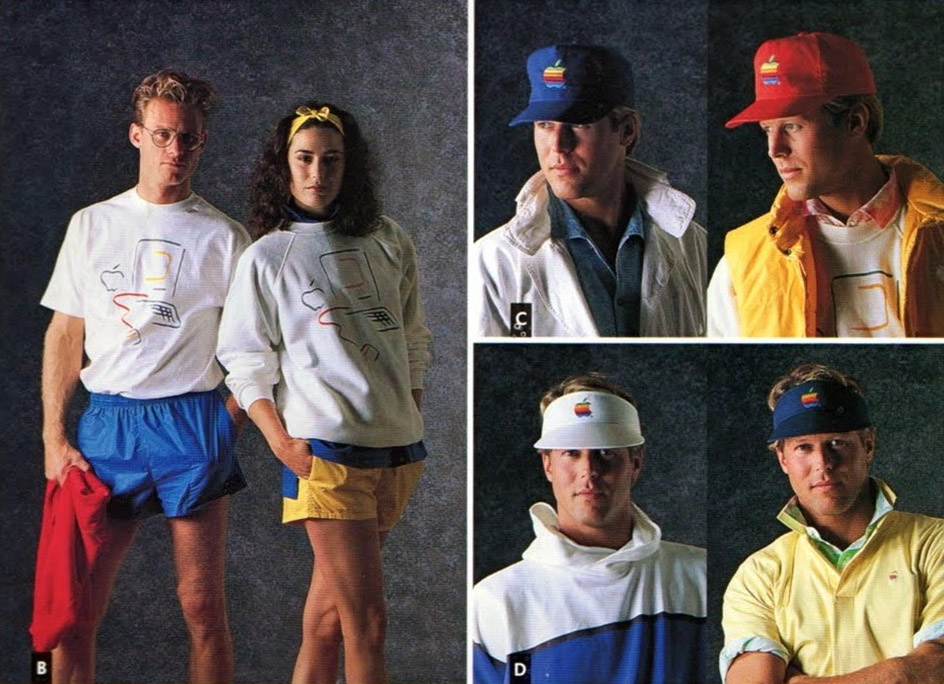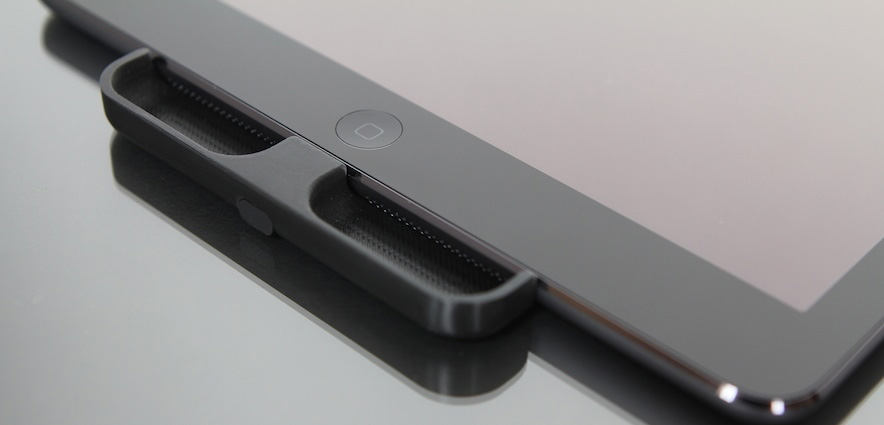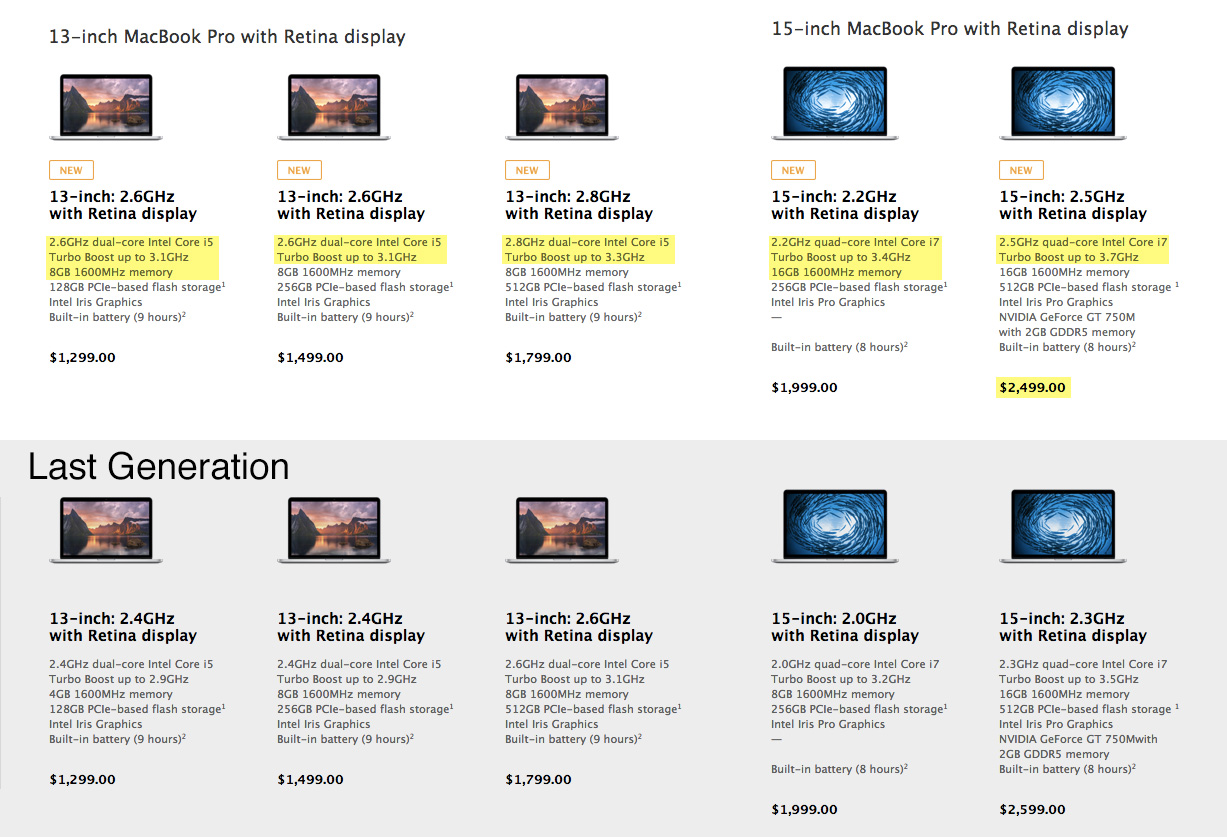As first noticed by 9to5 Mac, Apple has published a webpage dedicated to promoting the impact that they have had in creating or supporting 629,000 jobs in Europe (defined as EU member countries plus Norway and Switzerland). They break the numbers down a bit more, attributing 497,000 to the App Store, 132,000 to jobs directly or indirectly supported by Apple, 116,000 jobs created at other companies as a result of Apple’s growth, and 16,000 Apple employees.
Throughout our history, we have created entirely new products - and entirely new industries - by focusing on innovation. This has resulted in nearly 630,000 European jobs at Apple and at developers and businesses supported by Apple. In addition, the App Store has created hundreds of thousands of jobs that previously did not exist in the European economy, enabling developers to launch new companies and earn $6.5 billion from App Store sales worldwide.
Interestingly, they reveal that $6.5 billion in App Store revenues has been paid to European developers, given that $20 billion has been paid to developers in total, this means the share of App Store revenue taken by European developers is 32.5%. Apple has previously revealed US developers have received $9 billion, but that figure hasn’t been updated since late last year, so can’t be used to calculate an accurate share of revenues taken by US developers.
Share of App Store Revenues
Europe (32.5%) - Rest of World (67.5%)






